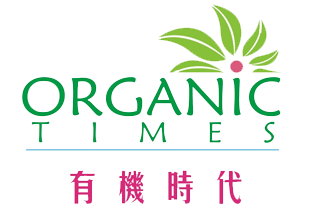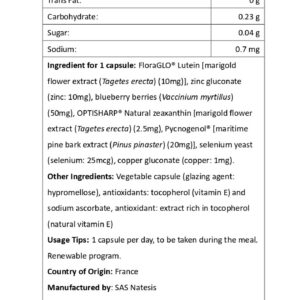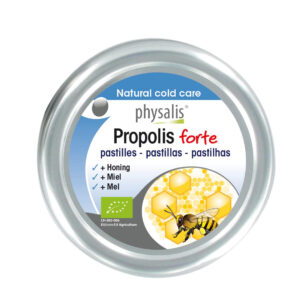Description
Physalis Collagen + C contains collagen in the form of Collagen Hydrolysate ( collagen broken down into smaller and more easily absorbed units) with the registered trademark Peptan®. Peptan® is a very pure form of Type I collagen derived from fish, also has a safe and traceable origin. Physalis Collagen + C is a complex with 1000 mg of collagen and 12 mg of vitamin C per tablet. These two quality ingredients work together to provide great functions for our skin, joints, bones, muscles and bodies:
- Supports the body’s natural collagen formation for the retention of healthy skin and joint cartilage.
- Improves the firmness and elasticity of the skin.
- Reduces wrinkles.
- Hydrates the skin.
- Protects against UVA light (antioxidant).
- Inhibits inflammation.
- Ensures supple joints.
- Has positive effects on bone density, muscle strength and muscle mass.
- Increases bioavailability and absorption of calcium.
- Bearing theKeypharm “Clean Label” which defines:
- products that are completely free of all chemical, artificial or suspect substances;
- products that have only been minimally processed;
- products that are labelled with a simplified list that mentions all the ingredients in a full and unequivocal manner.
- Made in Belgium.
Know more about the importances of Collagen and Vitamin C:
What is Collagen?
- Collagen is one of the most important fibrous building blocks of connective tissue and makes up roughly 30% of the proteins in the human body.
- There are different types of collagen (Types 1 to 12, the main types are Types 1 to 4 ):
- Type 1 is the most commonly occurring, about 90%. This is found not only in the skin, but also in bones, tendons, ligaments, hair, nails and teeth.
- Type 2 is made of more loosely packed fibers and found in elastic cartilage, which cushions the joints.
- Type 3 supports structure of muscles, organs and arteries.
- Type 4 helps with filtration and is found in the layers of our skin.
- Our skin has three layers. From outside to inside, these three layers are the epidermis, the dermis and the subcutis. The epidermis is the outer, visible layer. The dermis or middle layer is comprised of a mixture of cells and fibres. This is also the layer where collagenand elastin are found, which respectively ensure the structural firmness and elasticity of the skin.
- Our skin is constantly renewed throughout our life. When we are young, we have an excess of collagen, which forms a taut and resilient network. This ideal collagen structure prevents wrinkle formation and gives the skin its elasticity. As we get older, however, less and less collagen is produced, so that the skin systematically loses its firmness. This leads to the development of wrinkles and the skin becomes flaccid. From the age of 21 onwards, collagen production reduces by 1% each year. From this moment, the collagen network starts to deteriorate. By the age of 30, the first signs of collagen deficiency are noticeable.
- Cartilage in our bones is a connective tissue made up from cells (chondrocytes) and an extra-cellular matrix. This matrix is formed by collagen fibres. Adult cartilage consists of two-thirds collagen. The strength of the tissue is dependent on the extent of the collagen network. Chondrocytes ensure that cartilage remains healthy, by producing new collagen whenever they detect a growing deficiency. Hydrolysed collagen stimulates the chondrocytes to produce other types of collagen, including thetype 2 found in joint cartilage.
Vitamin C
Vitamin C is a co-enzyme that plays an important role in the body’s own production of collagen. Vitamin C deficiency can lead to the production of less stable collagen fibres.






















